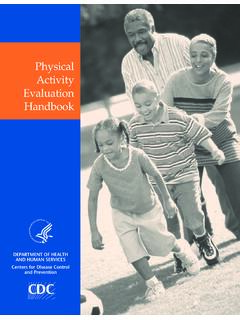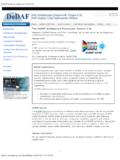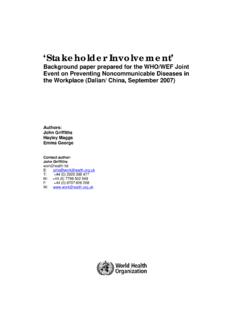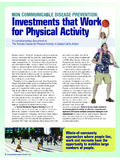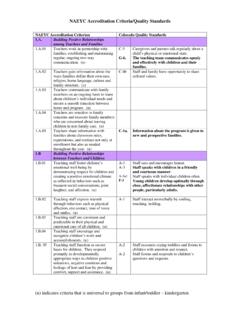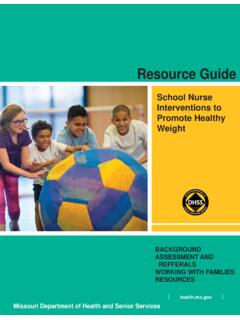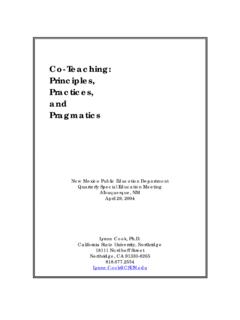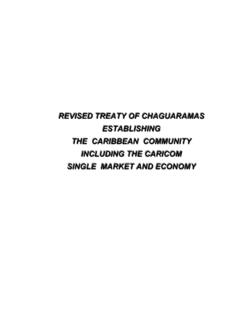Transcription of Child exploitation disrution toolkit - GOV.UK
1 Child exploitation DISRUPTION TOOLKITD isruption TacticsFOREWORDT ackling Child exploitation is a complex task. There are similarities between different forms of exploitation and the criminal and sexual exploitation of children may overlap. Victims of Child exploitation may, at any one time, be subject to both. It is vital that frontline practitioners recognise, and by working together, deploy tactics to disrupt multiple types of exploitation when they occur. Perpetrators of Child sexual exploitation (CSE) and Child criminal exploitation (CCE) can share patterns of behaviour in respect of coercion, violence, intimidation and the power imbalance inherent in them and many other offences.
2 Similar disruption techniques could be used in relation to CSE, CCE or other offending. However, the circumstances in which the exploitation occurs can demand different approaches. Factors such as the age of victims, the context in which offences occur and the risk they pose, require a range of different tools, deployed tactically by different agencies working together. Definitions 3 Purpose of the toolkit 4 How to use the toolkit 5 Child exploitation DISRUPTION toolkit | Disruption Tactics2 Child Sexual exploitation : Child sexual exploitation is not defined in law.
3 Child sexual exploitation is a form of Child sexual abuse. It occurs where an individual or group takes advantage of an imbalance of power to coerce, manipulate or deceive a Child or young person under the age of 18 into sexual activity in exchange for something the victim needs or wants, and/or for the financial advantage or increased status of the perpetrator or facilitator. The victim may have been sexually exploited even if the sexual activity appears consensual. Child sexual exploitation does not always involve physical contact, it can also occur through the use of Common characteristics of CSE Violence, coercion and intimidation are common.
4 Involvement in exploitative relationships is characterised by the Child or young person s limited availability of choice, as a result of their social, economic or emotional vulnerability. The Child or young person does not recognise the coercive nature of the relationship and does not see themselves as a victim of exploitation . 1 Definition taken from Department for Education s Definition and a guide for practitioners, local leaders and decision makers working to protect children from Child sexual exploitation (2017) Child Criminal exploitation CCE is not defined in law but is a term that has come to be associated with county lines.
5 The government definition of county lines is set out below together with our definition of Child criminal exploitation , which is increasingly used to describe this type of exploitation where children are lines is a term used to describe gangs and organised criminal networks involved in exporting illegal drugs into one or more importing areas [within the UK], using dedicated mobile phone lines or other form of deal line . They are likely to exploit children and vulnerable adults to move and store the drugs and money and they will often use coercion, intimidation, violence (including sexual violence) and weapons.
6 Child criminal exploitation occurs where an individual or group takes advantage of an imbalance of power to coerce, control, manipulate or deceive a Child or young person under the age of 18 into any criminal activity : in exchange for something the victim needs or wants. for the financial or other advantage of the perpetrator or facilitator. through violence or the threat of victim may have been criminally exploited even if the activity appears consensual. Child criminal exploitation does not always involve physical contact, it can also occur through the use of criminal exploitation of children is not confined to county lines but can also include other forms of criminal activity such as theft, acquisitive crime, knife crimes and other forms of criminality.
7 DefinitionsCHILD exploitation DISRUPTION toolkit | Disruption Tactics3 This toolkit aims to: set out many of the tools useful for police and other safeguarding professionals to disrupt the sexual and criminal exploitation of children and young people, break the cycle of abuse and send a signal to perpetrators about the consequences of their actions. help safeguarding partners know how their knowledge, expertise and information sharing could contribute to the protection of victims, evidence for further action, arrest and potential prosecution of offenders. provide useful guidance about technological options available to support that the Crown Prosecution Service has produced specialist advice setting out the approach of the police and the CPS to county lines offending, including the safeguarding of vulnerable persons, and the investigation and prosecution of criminal toolkit is primarily aimed at frontline staff working to safeguard children and young people under the age of 18 from sexual and criminal exploitation .
8 This includes law enforcement, social care, housing, education, the voluntary sector and related partner organisations. It is intended to help all safeguarding partners to understand and access existing legislative opportunities at their disposal and to target specific risks, ranging from warning notices to offence charges and care orders. While criminal prosecution of Child abuse perpetrators may represent the most desired outcome of law enforcement activity , it is not appropriate to leave the protection of vulnerable children and young people to the criminal justice process alone.
9 The use of existing legislative powers, such as orders and injunctions, are an essential part of the safeguarding process and often a critical piece to any future actions. Purpose of the toolkitCHILD exploitation DISRUPTION toolkit | Disruption Tactics4 The toolkit is split into six areas of law enforcement and other agency activity . Effective multi-agency collaboration to disrupt Child exploitation is likely to involve the use of tools from more than one area. ABDUCTION AND TRAFFICKINGBEHAVIOURSEXUAL OFFENCESLOCATIONVICTIM CARE OTHER OPTIONS Each area explains: legislation when and how can it be used impact case study (where appropriate).
10 In addition to the six areas, the disruption toolkit includes best practice guidance in three areas. INFORMATION SHARING AND MULTI-AGENCY WORKINGINTELLIGENCE AND EVIDENCEFURTHER LINKSHow to use the toolkit Child exploitation cannot be solved in isolation. Effective information sharing is essential to the protection of children and stopping offenders. There are a whole range of behaviours and scenarios that may not appear related to CSE or CCE, but pieced together and put into context form a bigger picture. Agencies hold different pieces of information and will have different legislative powers which together help to identify the most appropriate tool for keeping children safe.










